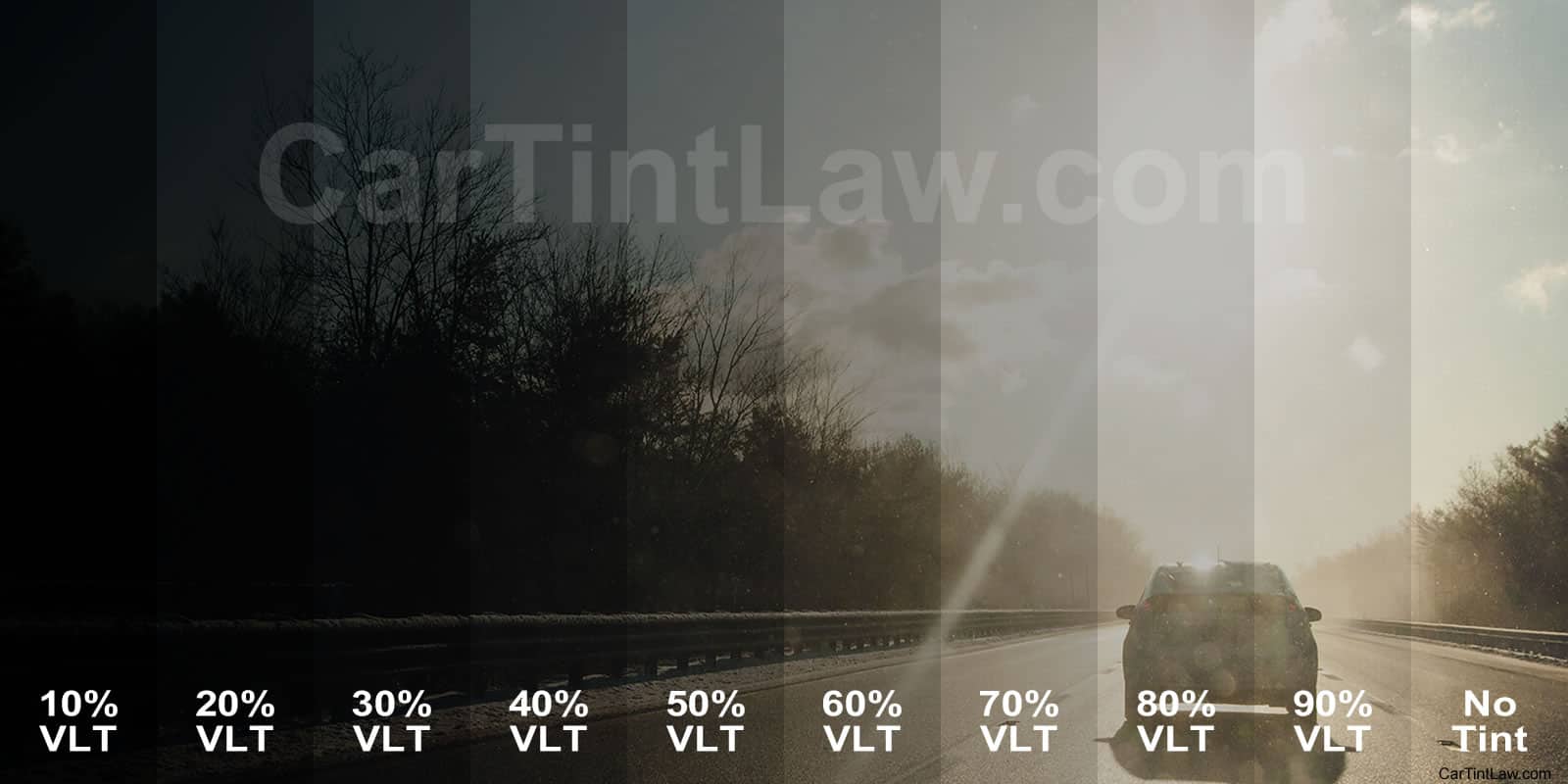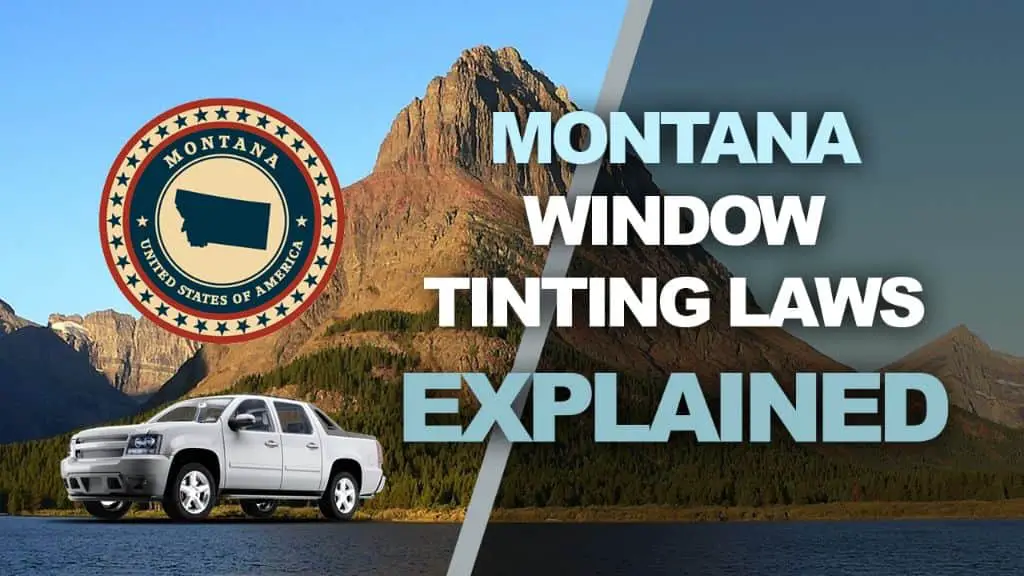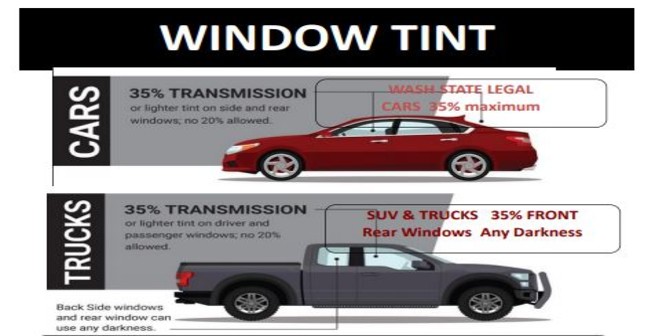
Exemption requirements vary from state to state.įor example, in Georgia, you can get a medical waiver for window tint. If you have a medical condition that makes car window tinting a necessity, you can get an exemption. Medical Exemptions to the Car Window Tinting Law Multiple violations can result in fines of up to $1,000, 12 months in prison, and/or a misdemeanor. For your second offense, you’ll be charged with a $200+ fine. Your first violation will result in a $25 to $100 fine. In Georgia, window tint on both multi-purpose and passenger vehicles must NOT be more than 20% reflective on the front side windows, back side windows, and rear windshield. In the Peach State, red and amber tint colors are illegal. Rear window : Any darkness can be used.
Wa state tinted window laws windows#

Passenger vehicles are inclusive of coupes, sedans, station wagons, and hatchbacks. Georgia Tint Darkness for Passenger Vehicle As such, it’s smart to understand the specific laws for the type of vehicle you drive. Georgia’s window tint darkness laws are different for passenger vehicles and multi-purpose vehicles. Window Tint Darkness Laws in GeorgiaĪs we previously mentioned, Visible Light Transmission (VLT) is the percentage of light that can pass through your car’s window tint film. If you plan on getting your windows tinted, it’s important to know and follow these regulations. Georgia enacted statewide car window tinting laws in 2005. Rear windows – same as with rear side windows, restrictions vary from 70% to none at all.Rear side windows – some states don’t have any restrictions for rear side windows while others like New York and Rhode Island have them set at 70%.Front side windows – some states allow up to 24% tint while others don’t permit any tinting for front side windows at all.The thickness of the band varies from state to state. Windshield – while you can’t have your windshield tinted, some states allow a shade band (a thin band of tint on the top part of the windshield).What may be fine for the rear window is out of the question for the windshield and vice versa. In other states, a lucky sedan owner may not face any side window tinting restrictions while SUV owners need to keep the tinting light. When it comes to window-tinting regulations, in some states, passenger cars are not in the same category as SUVs and vans.įor example, you may face a tinting restriction for the rear side window in your sedan while your neighbors with an SUV can go as dark as they prefer. The car window tint rules depend on several factors, including vehicle type and window type. What Does Car Window Tint Percentage Depend On? However, some states like Ohio and Utah are often strict about the matter. In the majority of states, you won’t get ticketed for breaking the tint laws if your vehicle is registered in another state. Meanwhile, in the cloudy and rainy Washington, you may face serious visibility problems strutting a 30% car window tint.Ĭonsider your traveling habits before opting for an ultra-dark window film.

For example, sunny Florida allows lower VLT indications because glare and heat are a big issue.

These laws usually depend on the climate.

These laws vary from state to state and so do the fines for breaking them. Law regulates the amount of light that can pass through your car’s tinted windows. With a 0% tint, no light can pass through. An 80% car window tint lets more light in than a 30% tint. So if your tint is 60% then it allows 60% of light to pass through. The higher the VLT is, the more light the tint allows passing through the glass. The number indicates VLT or Visible Light Transmission. When it comes to car window tint, you often see it written as a percentage. Let’s shed some light on the matter and figure out how dark you are allowed to go. It may seem that the darker your tint is the better. Dark car window tint looks amazing, protects you from direct UV rays, reduces glare, boosts your safety, increases your privacy…the list goes on and on.


 0 kommentar(er)
0 kommentar(er)
